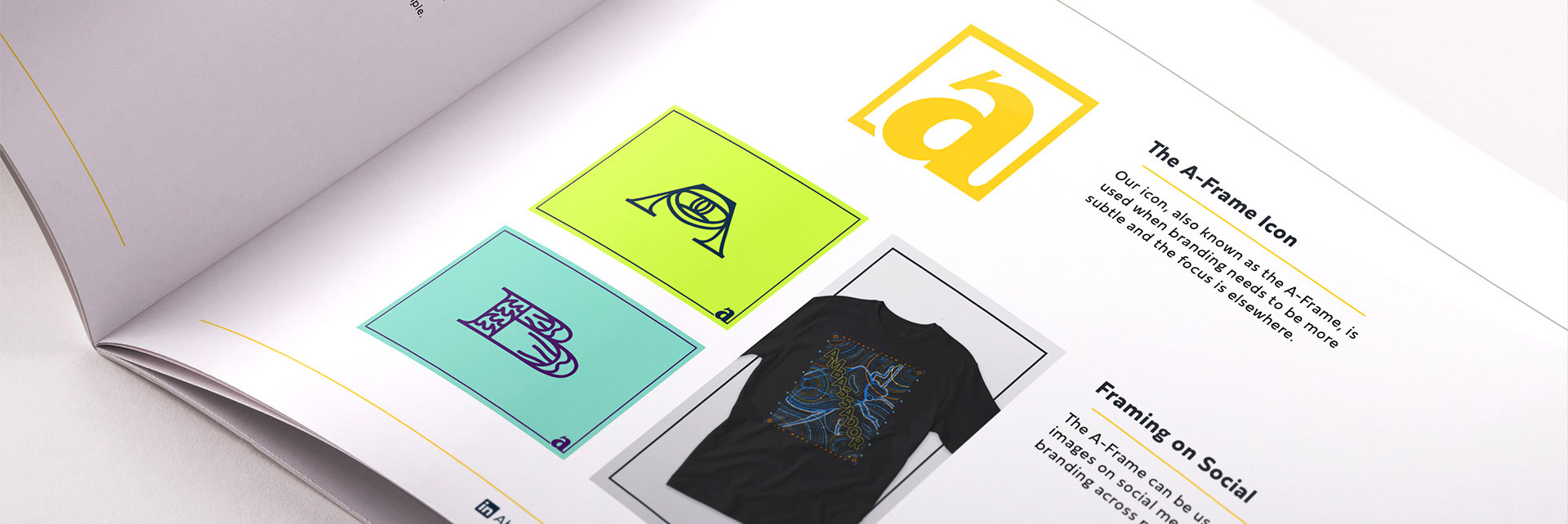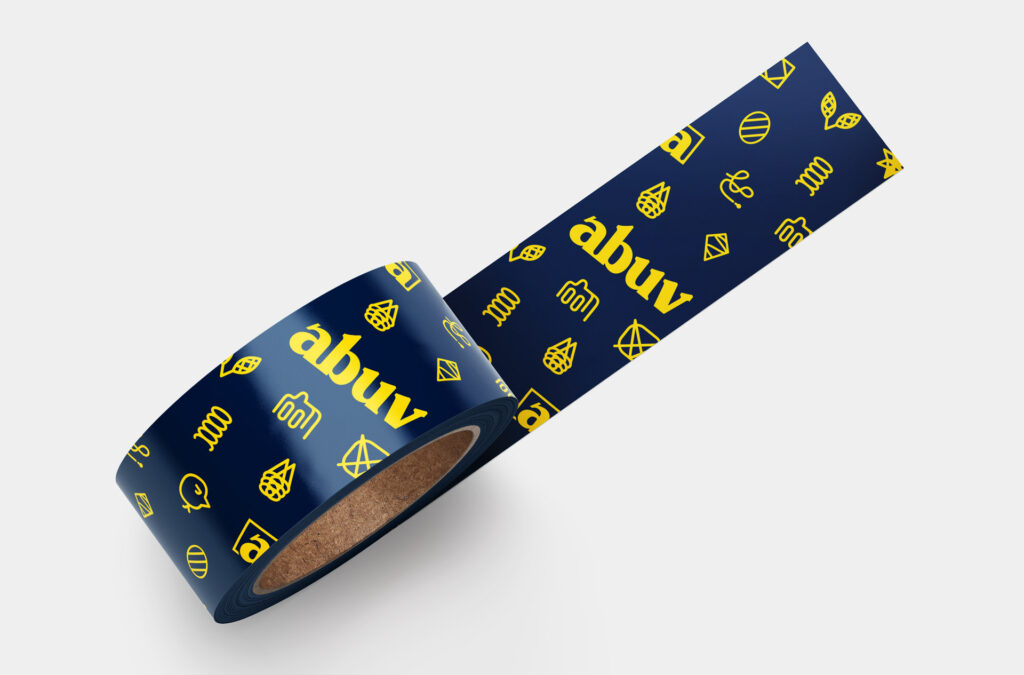So, you’ve decided to start your own business. You and your team are building out a product or service, but now it’s time to focus on how your company will brand itself. You want to establish an excellent first impression and build a reputation for your company. The goal is to make sure your brand will stand out from any competitors, but where do you even begin?<
It’s important to remember that as with any set of skills, hiring a professional can make or break everything. The purpose of this guide is not to replace the designer. Rather, it is to help you learn about different aspects of what it takes to develop a brand. That way you’re going into the next phase already understanding some of the fundamentals and can better articulate your wants and needs.
There are many things to consider when developing a brand around your business; and every part needs to stay true to your vision. In this series, we’ll discuss the different elements that build a brand and why they are essential.
First off, What is a Brand?

Our new logo that was introduced in 2019 during our ten year anniversary.
A brand is the way your company and its services or products are perceived by an audience. It consists of imagery, vocabulary, color, and other design elements that are used to define your company and its values. A strong brand will allow your company to be consistent across all of its marketing efforts while also making it easier to create the various materials.
What Should Be Included?
What you’ll find below is a list of items that are commonly needed to create a brand. This is by no means an exhaustive list, however it does cover the basics. Every company’s needs vary and what you might find beneficial, others may not. A majority of these items are things you should begin to think about.
The Visual Identity – Also known as a Brand Identity, these items are designed to be used throughout all other pieces of your business’s branding. They are here to keep things cohesive and build recognition through consistent use. These are:
- Logo/Wordmark
- Color Scheme
- Typefaces
- Supporting Elements
- Style Guide

An example of our style guide and how it showcases usage of our alternative a-frame logo.
Physical Products – Physical products can be anything from the product itself to large billboards, but the items listed below are usually the staples when marketing your business.
- Collateral
- Business Cards
- Brochures and Other Pamphlets
- Packaging
- Stationery
- Signage
- Exterior
- Interior
- Posters
- Vehicle Livery
- Uniforms/Apparel


Even though these two items are used for different purposes, our company branding makes for a cohesive look.
- Website/App – If you’re running a SaaS company or selling a product online, your website or application must be a priority. Not only should it visually represent your business, but your users/customers must have a positive user experience as well.
- Voice – It’s not enough to have a consistent visual representation of your brand; you also have to know how you want to present your brand in verbal or written form. Here are some examples:
- Client/Customer Interactions
- Brand Values
- Social Media Presence
The elements above play a pivotal role in the perception of your brand and ensure that your company keeps a professional, positive image. In the rest of this series, we will break down each of the sections. We’ll discuss their benefits, how you could utilize each element, and why they are essential to your startup.